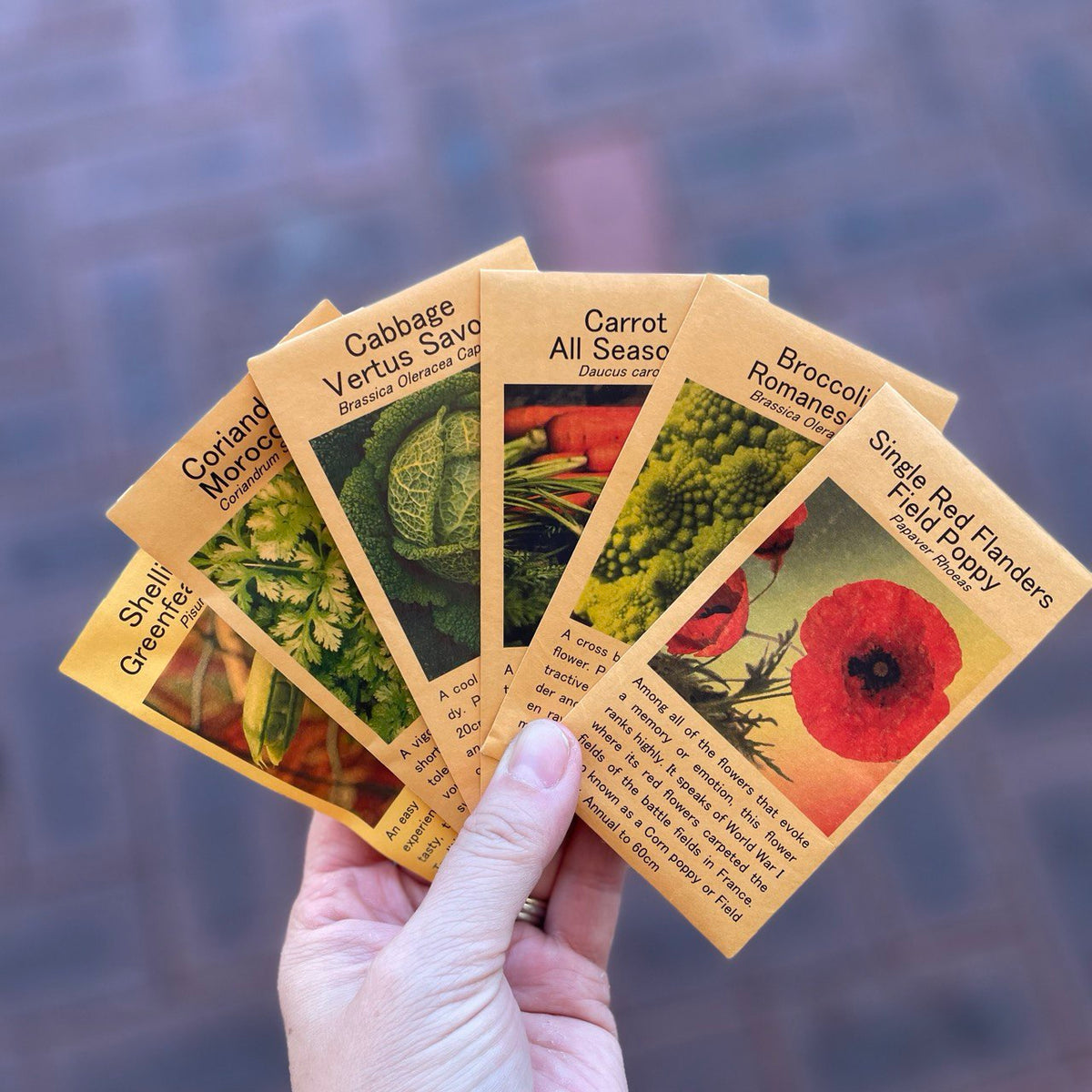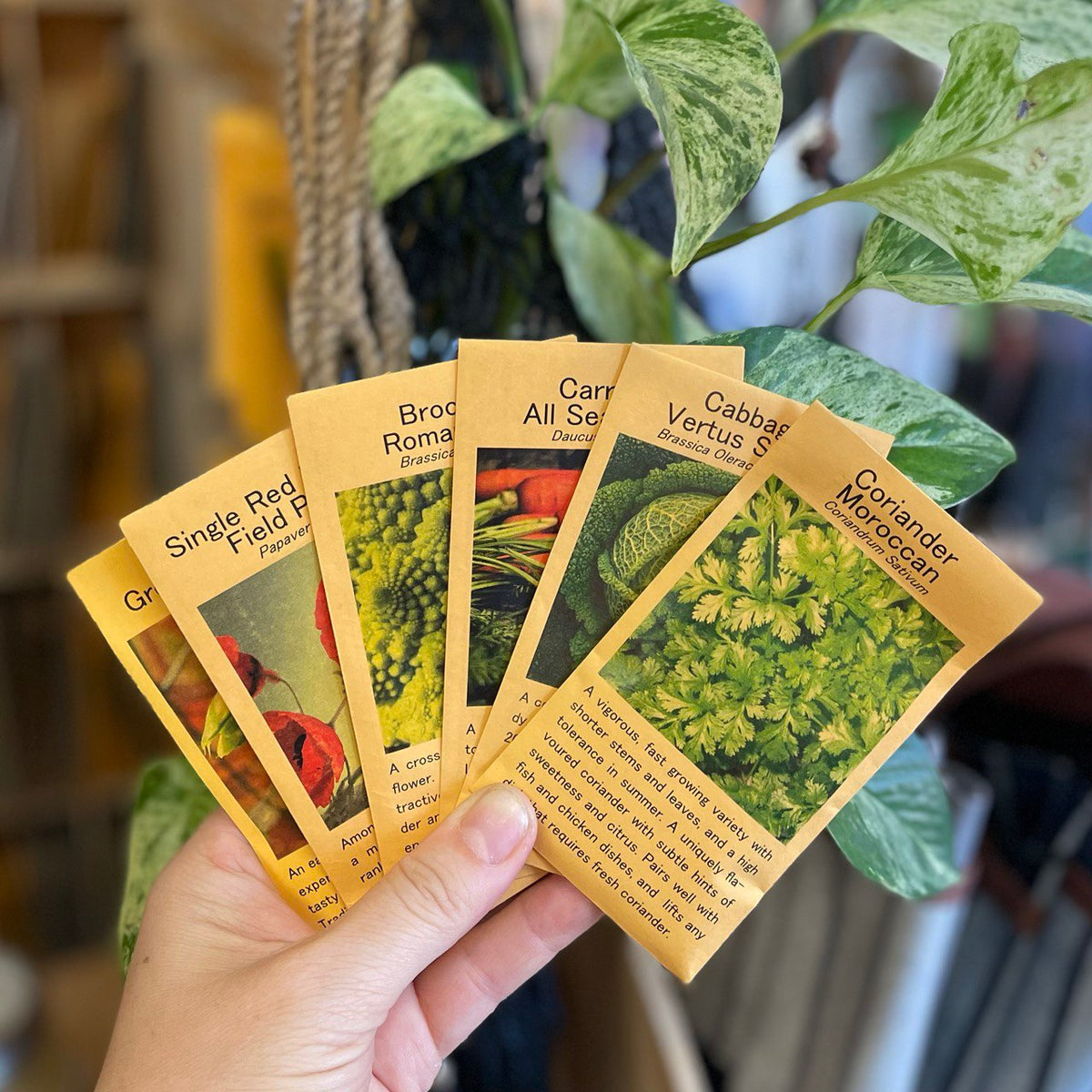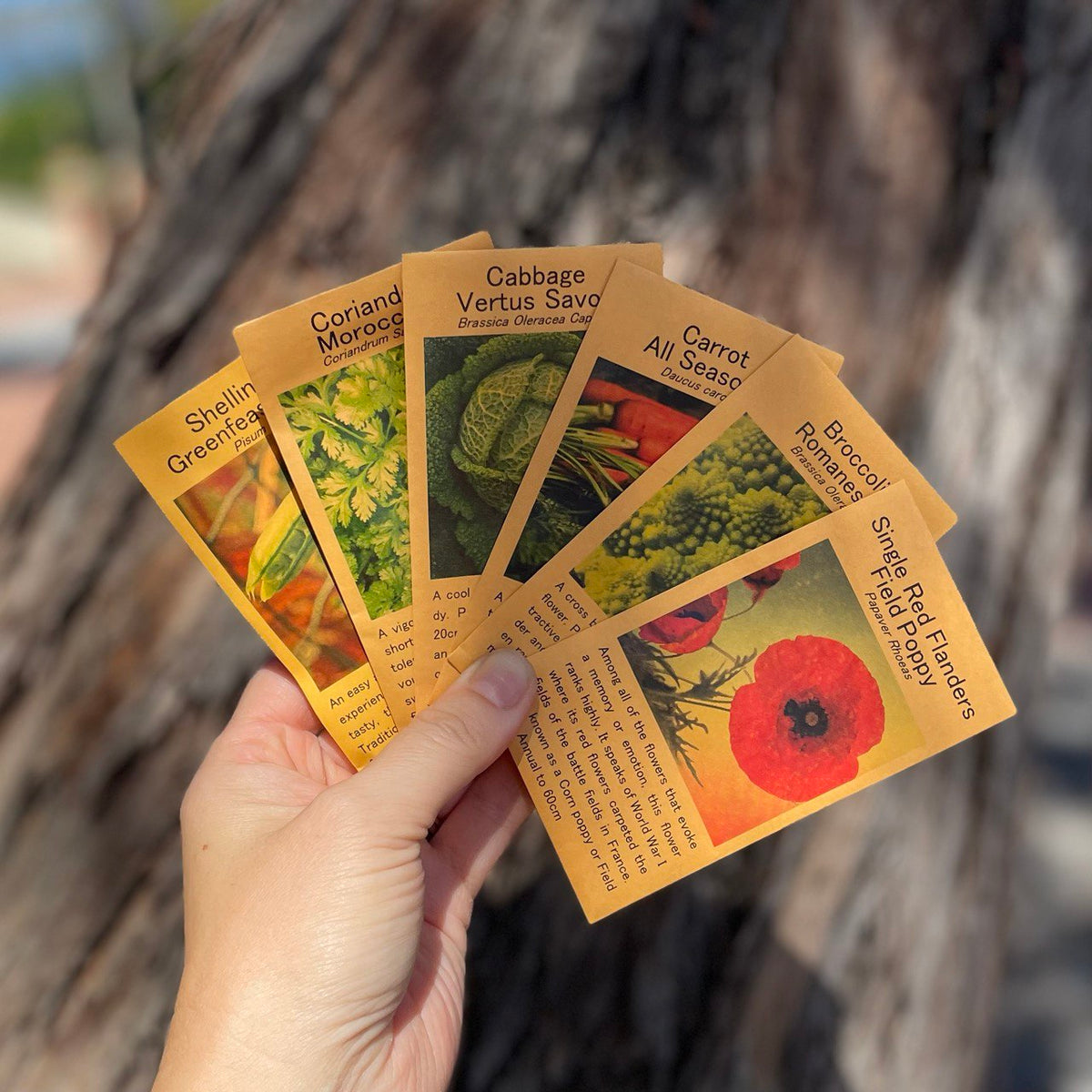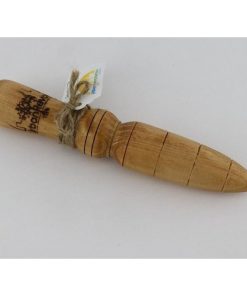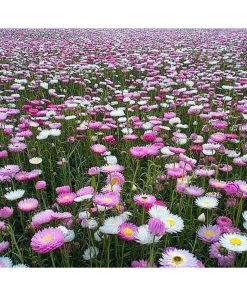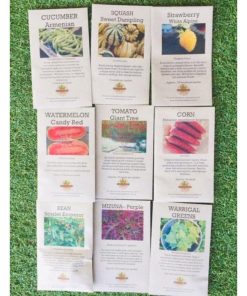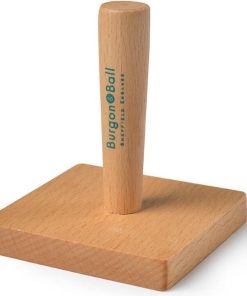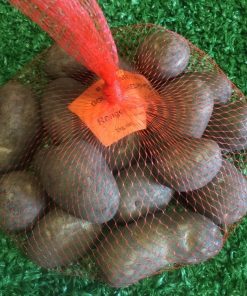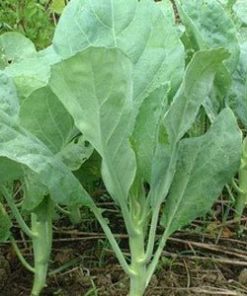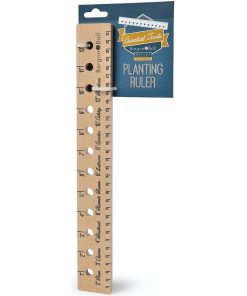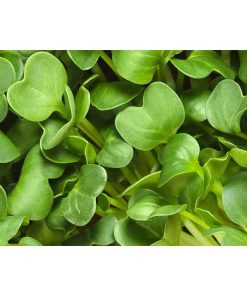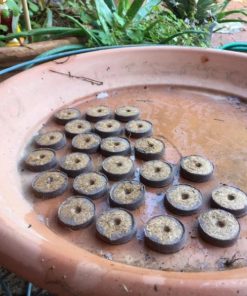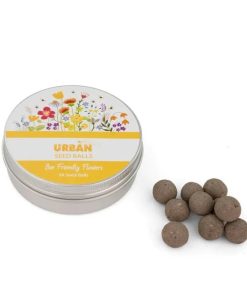Seasonal Seed Packs Urban Revolution Australia
$ 35,00 $ 21,00
–Free Shipping on all Seasonal Seed Packs–
Perth Western Australian Noongar Seasonal Seed Packs
At Urban Revolution Our Seasonal Seed Packs are carefully curated to support and honour the Aboriginal seasons. Created with urban gardening in mind, these packs provide a variety of seeds to help you connect with nature and grow your own produce. Join the revolution and start your gardening journey today!

Seasonal Seed Pack sizes.
Step 1: Choose your Season.
Step 2: Choose how many different seed packs you would like!
- Small – Contains 5 ready to plant hand picked seed packs
- Medium – Contains 8 ready to plant hand picked seed packs
- Large – Contains 12 ready to plant hand picked seed packs
Birak (December – January)
The Noongar season ‘Birak’ is symbolized by the color red, which stands for heat, sun, and fire.
As Birak season progresses, the rainfall diminishes and the warmth intensifies. The afternoons are tempered by the sea breezes blowing from the southwest.
Historically, this was the season of fire. The predictable pattern of easterly winds in the morning and sea breezes in the afternoon made this the ideal time for the Noongar people to set controlled fires across the landscape in a mosaic pattern.
This practice served multiple purposes, including reducing fuel for potential wildfires, enhancing grazing areas for animals, assisting in seed germination, and facilitating easier movement across the terrain.
During Birak, numerous young birds begin to explore outside their nests, although some, like magpies and parrots, still remain near their parents.
Reptiles also undergo a transformation, shedding their old skin for a new one.
With the increase in temperature and decrease in rainfall, it’s also the period when young frogs finish their metamorphosis into adults.
Bunuru (February – March)
The Noongar season ‘Bunuru’ is symbolized by the color orange and is known for being the warmest period of the year.
During Bunuru, the weather is at its peak heat with minimal rainfall. The hot easterly winds persist, often tempered by a refreshing sea breeze in the afternoons, especially for those near the coast.
Historically, and even now, this season is ideal for coastal living and fishing in rivers and estuaries. Consequently, seafood and freshwater foods were, and still are, significant components of the Noongar people’s diet during Bunuru.
Bunuru is also recognized as the season of white flowers, with numerous white flowering gums, such as jarrah, marri, and ghost gums, blossoming profusely.
One notable plant to observe during this time is the female zamia (Macrozamia riedlei). This plant, larger than its male counterpart, produces massive cones from its center, filled with a cotton-like substance.
As the hot, dry weather persists, these seed cones transition from green to a vibrant red, signaling their maturation and increased appeal to animals. Notably, emus are attracted to these cones and consume the toxic outer layer.
Djeran (April – May)
The Noongar Season ‘Djeran’ is symbolized by the colour green, marking the onset of cooler weather.
Djeran brings relief from the intense heat, with cool nights that result in dew in the early mornings, signalling a change in the season.
The wind patterns also shift during this time, with lighter breezes typically coming from the south. This change in wind often results in many flying ants being seen in the air.
Djeran is characterized by the blooming of red flowers, particularly the red flowering gum (Corymbia ficifolia), and the more delicate flowers of the summer flame (Beaufortia aestiva).
As you explore the Perth area, you might notice the red ‘rust’ and seed cones appearing on the male and female she oaks (Allocasuarina fraseriana).
The flowering of Banksias begins during this season, providing nectar for the various small mammals and birds that depend on them.
Historically, the diet during this season included zamia seeds that were gathered and stored for processing in the previous season. The root bulbs of yanget (Bullrushes), along with freshwater fish, frogs, and turtles, were also common food sources.
As Djeran progresses, the nights become cooler and more humid. The arrival of cooler, rainy days led to the traditional mia mias (shelters) being repaired and updated to ensure they were waterproof and oriented correctly in preparation for the colder winter months ahead.
Makuru (June – July)
The Noongar Season ‘Makuru’ is associated with the color dark blue, which is a symbol of the cold, rainy weather.
Makuru is the time of year in the South West that experiences the coldest and wettest conditions. Historically, this was an ideal time to relocate inland from the coast as the winds shifted to the west and south, bringing with them cold weather, rain, and occasional snowfall on the Stirling and Porongurup Ranges’ peaks.
As the water bodies and catchments began to fill up, people found it easier to navigate their territories, and their diet shifted from marine, estuarine, and lake food to land-based food, especially grazing animals like kangaroos.
Animals served not only as a source of food but also provided other necessities. For instance, the ‘yongar’ or kangaroo, supplied not only meat but also ‘bookas’ (animal skin cloaks used as the nights got colder). Nothing went to waste. Even the bones and sinews were utilized in the making of bookas and for attaching barbs to hunting equipment such as spears.
Makuru is also a period when many animals start to pair up in anticipation of the breeding season. If you observe closely, you might spot pairs of ‘wardongs’ (ravens) flying in unison.
On the lakes and rivers of the South West, you’ll begin to notice a significant increase in the population of the Black Swan or ‘Mali’, as they too get ready to nest and breed.
Flowers that will begin to bloom include the blue and purple hues of the blueberry lily (Dianella revoluta) and the purple flags (Patersonia occidentalis).
As the season draws to a close, you should also start to see the white blossoms of the weeping peppermint (Agonis flexuosa) as the blue flowers give way to the white and cream flowers of Djilba.
Djilba (August – September)
The Noongar season, ‘Djilba’, is characterized by the color pink, which signifies the blossoming of wildflowers and plants. This period marks the onset of a significant bloom in the South West, starting with yellow flowers like acacias.
Djilba is a season of transition, featuring a mix of very cold and clear days, warmer rainy and windy days, and the occasional sunny day.
Historically, the primary food sources during this season were land-based grazing animals such as the yongar (kangaroo), the waitj (emu), and the koomal (possum).
As the weather begins to warm, the first newborns of the season can be seen and heard. Their parents proudly provide them with food, teach them how to forage, and protect their family units from larger animals, including humans.
Woodland birds, such as the koolbardi (magpie), djidi djidi (willy wag tails), and chuck-a-luck (wattle birds), remain in their nests, exhibiting protective swooping behavior.
As Djilba progresses and temperatures rise, the flower stalks of the balgas (Grass Trees) begin to appear, heralding the upcoming Kambarang season.
Kambarang (October – November)
The Noongar Season ‘Kambarang’ is symbolized by the colour yellow, indicating the arrival of warmer weather.
During the Kambarang season, we witness a vibrant display of colours and a profusion of flowers blooming everywhere.
The yellows of numerous acacias persist, along with some banksias and a variety of smaller, delicate flowering plants such as the kangaroo paw and orchids.
At this time, the balgas continue to bloom, particularly if they have been burnt or closely trimmed in the previous year.
One of the most eye-catching floral displays during this season is the moojar, also known as the Australian Christmas Tree (Nuytsia floribunda). Its bright orange-yellow flowers are a sign that hotter weather is approaching.
October is the month when you’re most likely to come across a snake, as they emerge from hibernation and take advantage of the warmth to gather enough energy to hunt for food.
This is also a period when many bird families will be calling out for their parents to feed them. Koolbardies (magpies) will be busy safeguarding their nests and their young ones.
With the change in weather and longer dry spells, many things are undergoing a transformation, indicating a clear warming trend.
| Season | Birak (December – January), Bunuru (February – March), Djeran (April – May), Makuru (June – July), Djilba (August – September), Kambarang (October – November) |
|---|---|
| Size | Small, Medium, Large |
Quick Shipping and Professional Packaging
Due to our longstanding partnership with UPS FedEx DHL as well as other top international carriers, we are able to provide a range of shipping options. Our warehouse staff are highly trained and will pack the goods according to our precise and exact specifications. Before they are shipped, your goods will be thoroughly examined and secured. We deliver to hundreds of thousands of customers every day in different countries. This demonstrates our dedication to become the biggest online retailer in the world. Both Europe and the USA have distribution and warehouse centers.
Note: Orders that contain more than one item are assigned a processing time depending on the item.
Prior to shipping, we examine the items ordered thoroughly before sending the items. The majority of orders will be shipped within 48 hours. The delivery time should be between 3 and 7 working days.
Returns
We are not able to manage the stock at our warehouse or factory. The stock levels may fluctuate at any given time. It's possible that the stocks could be depleted after the order has been made.
Our policy is valid for 30 days. Unfortunately, if the 30 days have elapsed after you bought your item, we will not be able to provide a refund or exchange.
In order for your item to be returned it must be in its original packaging, unopened and in the same state as you received it in. The item must be returned in its original packaging.
Related products
Garden
Microgreen Seed Kit
Green World Revolution Microgreen Growing Kits Green World Revolution
